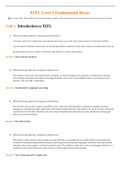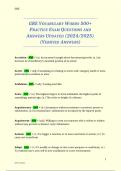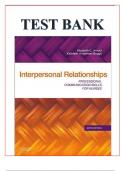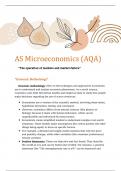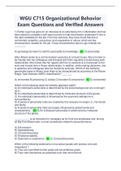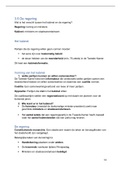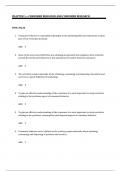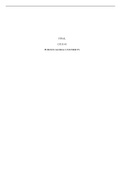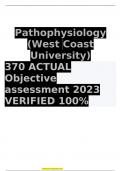Other
TEFL Fundamental Basics Quizzes, End of units tests and Answers [180 hours and 420 Hours Courses]
- Course
- Institution
This document contains the quizzes and end-of-unit tests as well as their answers from units 1–10 of the TEFL Fundamental Basics module in the 180-hour and 420-hour courses. The document is well presented, with all the correct answers for each question highlighted. With this guide, you can breez...
[Show more]
